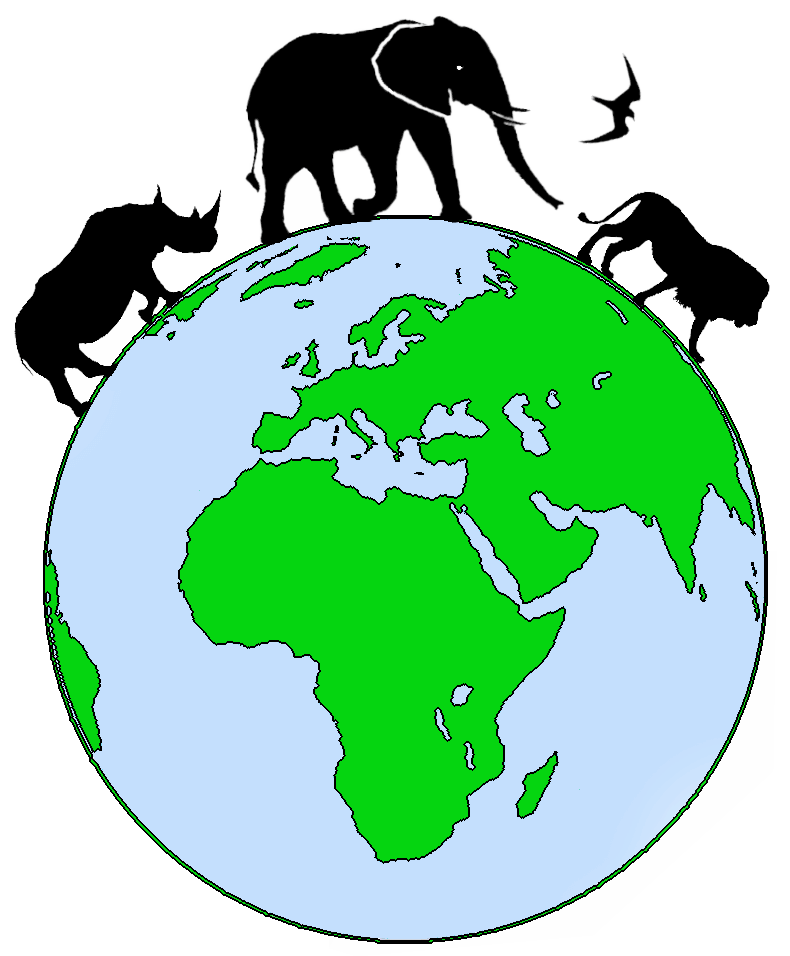Mark Butcher is the owner of Imvelo, i.e. the Bomani and Camelthorn lodges, and at the same time the founder of the Community Rhino Conservation Initiative (CRCI). He not only made it possible for us to stay at both lodges, but also welcomed us at the beginning of our stay at Camelthorn for a briefing and a presentation via PP. The next day we were allowed to visit the anti-poaching unit with the rangers and with them the white rhinos that have only been living here for 2 months. We were not only able to see for ourselves that the rhinos have been relocated to a biotope that is wonderfully suited to them, but that they are also extremely well guarded.
Let's let Mark Butcher speak for himself:
White rhino are an easy target for anyone with a rifle, and the original populations were eliminated from Zimbabwe in the early 1900’s. As a species it came dangerously close to extinction, but was saved by a small protected group in Zululand. From that population, numbers gradually increased and the species was successfully reintroduced to their previous habitats around southern Africa in the 1950’s and 60’s. All went well until poaching took off in the 1970’s and continues to this day, with those populations which survive now only doing so with highly intensive protection.
At its peak, the rhino population in Hwange National Park numbered several hundred by 1970’s and 80’s, of which about 120 were white rhino. By the early 2000’s, poaching had once again eradicated the population from the Park.
Imvelo’s Community Rhino Conservation Initiative (CRCI) was conceived to reintroduce rhino to Hwange – providing better protection this time. The community living on the south eastern edge of the Park were already conservation conscious, so the concept was to establish highly protected rhino sanctuaries on community land bordering the Park. This would be the catalyst for a bigger conservancy and buffer zone between Park and community, supporting local people through gate entry fees, jobs, increased tourism and reduced human wildlife conflict.
Today, this could be one of the most exciting conservation projects in Africa:
• It’s about rhino, arguably the most endangered large African mammal
• It’s about community, not in a government Park or on private land
• It’s about creating a self-sustaining buffer zone on Hwange’s boundary to protect one of Africas great Parks and the communities who live around it
• It’s been achieved despite the COVID-19 pandemic and collapse of tourism
https://www.imvelosafarilodges.com/crci.html
Mark Butcher and his team THANK YOU for everything

Mark Butcher, the founder of the Community Rhino Conservation Initiative (CRCI)

The rhino sanctuary is not only secured with a 10,000 V electric fence.

One of the buildings of the anti-poaching unit for the protection of rhinos

Excuse me, but information we have received here we do not want to publish for the protection of the animals

Brief characteristics of the two rhinos, which has only been in this protected enclosure for 2 months at that time

This is Thuza. So that the rhinos can be distinguished from each other, each was given a special notch in the ear.

Characteristics of Kusasa

Kusasa

Suddenly Thuza came towards the ranger and me. Instead of tele lens, I would have needed a wide-angle lens.

Then they both came to us together.

Such close proximity to the rhinos is only recommended with very experienced guides, unless you want to forgo the trip home.


